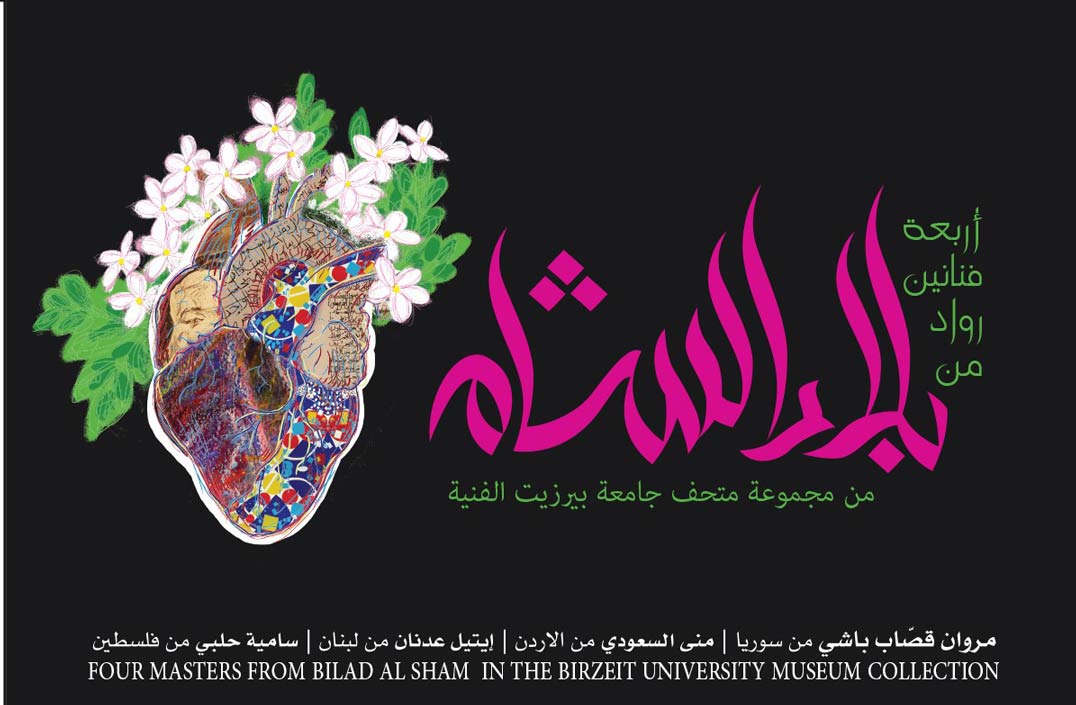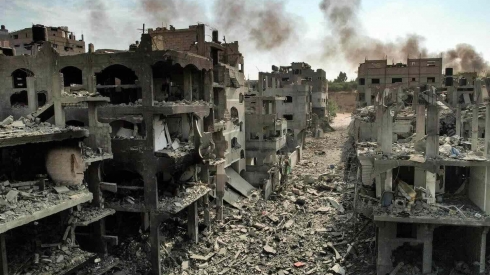I’m not sure that we can track the etymology of the word “Sham.”
Some etymologist said that the name can be traced to the fact that the area lies to the north (sham or shama means north in the Palestinian dialect) of the Arabian Peninsula; others said it was derived from the Arabic word for mole (shama); and others still claimed that it was called as such because the land was dotted with so many villages that it was akin to moles on the skin. Geographically, however, the term refers to Greater Syria before Sykes-Picot and before the annexation of the Sanjak of Alexandretta to Turkey. The area also includes parts of Sinai, Mosul, northern Arabia (the north-west of the Arabian Peninsula) and parts of southern Turkey. In the Middle Ages, the West, especially Italians, called it the “Levante," which means the Orient or where the sun rises, and many still call it Greater Syria.
Regardless of the origin of the word and the geographic extension of Bilad al-Sham, it has long existed as a single geographic and cultural entity with a common history whose civilizations jointly progressed through many historical periods, turning the area into a fully integrated and harmonious cultural entity. Although Bilad al-Sham was under the rule of several great empires, its local identity has admirably maintained its independence. The inhabitants of Bilad al-Sham were mainly Arameans (including Syriac) and Arabs as well as members of diverse ethnic groups such as Armenians, Kurds, Assyrians, and Chaldeans. Today, Arabs make up the overwhelming majority of the inhabitants of Bilad al-Sham (about 90%), followed by Kurds (about 8%), and small groups of Armenians, Syriacs, Assyrians, Chaldeans, Circassians, Chechens, and Turkmens.

Four Art Masters from Bilad al-Sham, this exhibition comes as part of an overall program of showcasing Birzeit University Museum’s ethnographic and art collections. The museum’s collections have been steadily growing and expanding in size and breadth thanks to the generous donations of artists and collectors from Palestine, the Arab World and the world at large.
The worst outcome of the Sykes-Picot Agreement is not the fragmentation of Bilad al-Sham into four political entities, each of which is known as a "national state,” but rather the strengthening of regionalism. Palestinians are looking for a local identity that distinguishes them from others, so do the Lebanese, the Jordanians, and the Syrians. Thus, the political systems created by colonialism to serve its own interests and to establish a Jewish state in Palestine exceeded what had been originally planned for them to do. These systems have even provoked and caused conflicts between those Arab nations, leading to the consolidation of national borders as if they were a historical fact.
Nevertheless, the “Shami” cultural identity refuses to bow to the political interests of this regime or that. When I walk in the streets of Aleppo, I feel as if I had never left Jerusalem. The body language; the taste of food; the names of people; and the smells are the same as those in Jerusalem. This is even more pronounced when I visit Damascus; It’s like I'm still in Nablus, Tripoli, or Irbid.
I do not need to ask for the meaning of words in Bilad al-Sham; the dialects are very similar. I can join the Dabke in Mount Lebanon without hesitation; sing along to a popular song in Homs; and listen to the same story in Hebron and Karak.
I repeat an idiom that my grandmother uses which originated in Sidon; catch fish in the sea of Gaza using the same fishing nets carried by a fisherman in Latakia; drink tamarind juice in all the cities of Bilad al-Sham; find features of the same architectural style in Tyre and 'Akka; and taste a dish in Damascus as if I'm eating in my mother's kitchen.
This cultural unity does not mean that there’s a lack of diversity. Palestine itself has many local dialects, names, and cultures. Its borders are shaped by musakhan and mansaf, and it is permeated by the cultures of the sea, the mountain, and the rift valley. This is true of all of Bilad al-Sham, where the basic cultural elements have been rooted for thousands of years.
I did not understand this unity until I first visited Egypt decades ago, where they referred to me as a “Shami.” I told them that I am a Palestinian, to which they replied, “that means ‘Shami.’” I had to visit Damascus to discover that the Egyptians were right; there I discovered that I really was a “Shami”.
Colonialism, and those who support it deliberately or unconsciously, can reshape the political boundaries as per their wishes and interests, but no one can redraw the boundaries of cultural identity. I am a “Shami."




